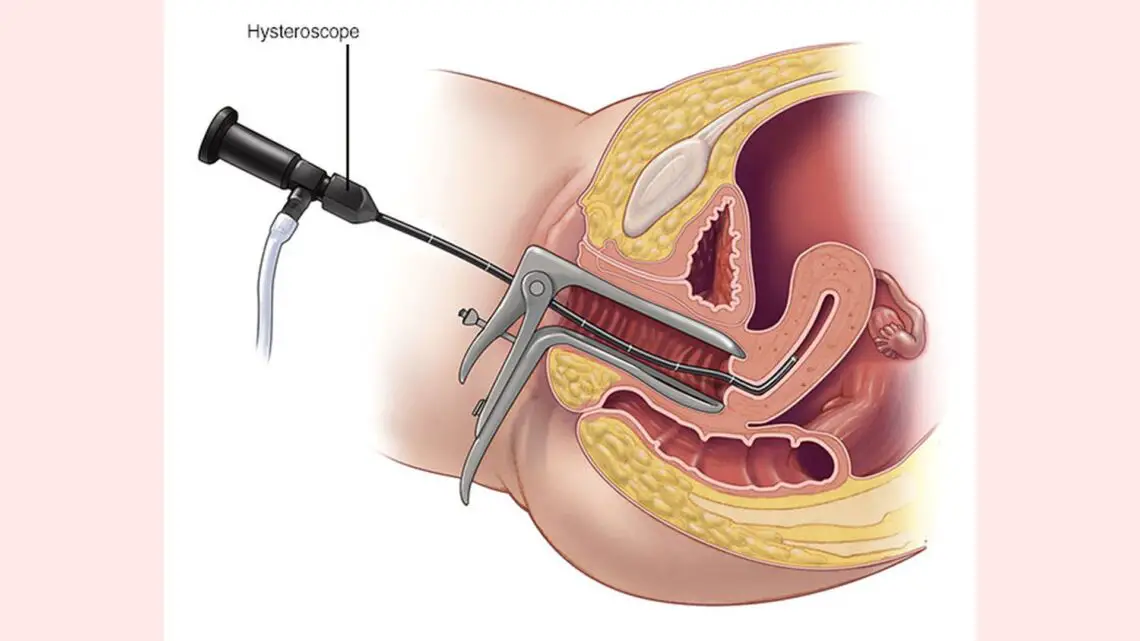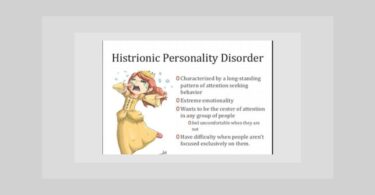Abstract: Metrorrhagia is defined as any acyclic bleeding from the genital tract. Homoeopathic medicines, if prescribed on the basis of individualisation, help to improve the suffering and cure the patient holistically. The following case is the evidence.
Keywords: metrorrhagia , repertorisation, homoeopathy.
Abbreviations: LMP: last menstrual period, BD: bis in die (twice a day).
Introduction
This term is used to define any acyclic bleeding from the genital tract. The bleeding may be intermittent or continuous. It is superimposed to normal cycle.
Metrorrhagia can be physiological in which menstrual spotting between periods occurs as a normal and harmless part of ovulation. Some women experience acute mid-cycle abdominal pain around the time of ovulation (mittelschmerz). This may also occur at the same time as menstrual spotting.
In elderly women, metrorrhagia like postcoital bleeding should not be taken lightly. It may be the earliest symptom of neoplasm. Thorough examination of cervix for polyp, vascular erosion, endocervicitis, cancer cervix and presence of an IUCD, lower genital tract ulcers, growths should be done. Pap smear examination, hysteroscopy and endometrial curettage should be obtained. If the bleeding is continuous and profuse, it can cause major iron-deficiency anemia.
Case Report
A 12-year-old girl came to my clinic 08-12-19 with a complaint of short menstrual cycles. Her periods were coming in every 15 days since her menarche, one year ago. She was having mild pain in lower abdomen during beginning of her periods.
LMP – 20-11-19
Colour – red
Clots – absent
Odour – normal
Duration – lasts for 7 days
Leucorrhoea – absent
Past history-
Nothing specific.
Family history–
In family history her father was a patient of high cholesterol.
Physical generals –
Appetite – normal
Thirst – less , likes cold things more
Thermals – hot
Perspiration – profuse ; scalp only. Slight offensive.
Urine – normal
Stool – normal
Sleep – normal
Dreams – daily routine
Speed – slow
Fear – nothing specific
Sensitivity:
Sun – not comfortable in sunlight
Light – normal
Noise – irritable in loud noise
Travelling – normal
Clothing – likes medium fitted clothes
Senses:
Eyes – normal
Ears – normal
Nose – no history of epistaxis
Tongue – dry & coated
Nails & hairs – grows normally
Mental generals:
The patient was short tempered. Beats her younger sister in anger. She had a feeling that her mother loves her younger sister more than her. She doesn’t like it if anybody talks to her in a rude manner or anybody finds fault or scolds her in front of others. She cries from small things. She becomes quiet if she doesn’t like anything. She had a very limited number of friends.
Miasmatic evaluation of symptoms :
| S.No. | Classification of symptoms | Symptoms | Miasm |
| 1. | Mental generals | Sensitive to rudeness | Psora |
| Weeps easily | Psora | ||
| 2. | Physical generals | Sensitive to sun light | Syphilitic |
| Perspiration on scalp | Sycotic |

Prescription:
Pulsatilla 1M followed by placebo for 1 month was prescribed according to the repertorisation and symptom similarity as per materia medica. Follow up after 30 days as follows:
| Date | Symptoms | Prescription |
| 08-01-20 | LMP -22-12-19 no flow in between. | Rubrum 200/BD for 1month |
| 10-02-20 | LMP -24-01-20. Periods were normal and on time | Rubrum 200/BD for 1month |
| 14-03-20 | LMP – 26-02-20, cycle is regular and on time | Rubrum 200/BD for 1month |
| 13-04-20 | LMP – 24-03-20 , cycle is normal now, coming once every month. | Rubrum 200/BD for 1month |
The case gradually improved under homoeopathic treatment.
Conclusion:
Here the medicine Pulsatilla nigricans gives the marvellous result in a case of metrorrhagia. Only one single dose was enough to regularize the cycle and cure the patient holistically.
Thus, a proper understanding of the patient with her sufferings is evaluated in terms of anamnesis, habits, lifestyles, the causa occasionallis and the underlying miasm.
Bibliography:
- Hahnemann Samuel, Organon of Medicine Word Index Included, Jain Publishers (P) LTD,New Delhi, 2016 ed.
- Sunesh Kumar, Howkins & Bourne SHAW’s Textbook of Gynaecology, Elsevier India, 17th
- https://en.wikipedia.org/wiki/Intermenstrual_bleeding
- Dr Arunava Nath, Dr Deb Kumar Palit And Dr Nivedita Kundu, Menstrual Disorders and Homoeopathy- A case report on ovarian cyst, The Homoeopathic Heritage, Vol.45, No.10, January 2020
- Dr Shishir Mathur, Dr Ruchi Mehta, Ms. Kiran Sharma, Effectiveness Of Homoeopathic Medicines intreatment of primary dysmenorrhoea: a case series, The Homoeopathic Heritage, Vol.45, No.10, January 2020.






